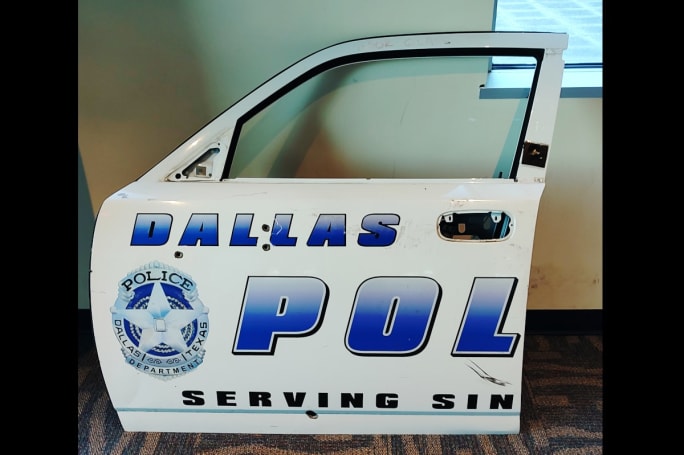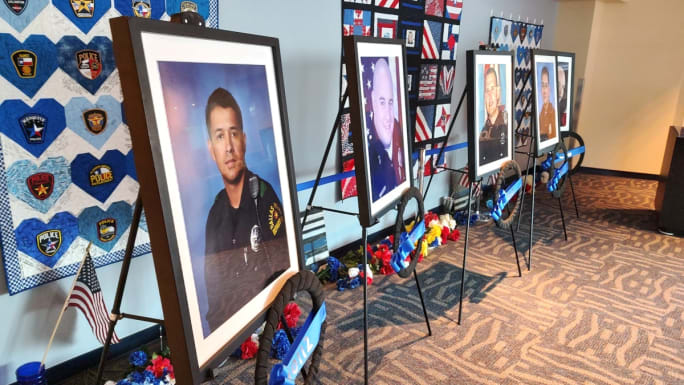Some items are now on display when you first walk in the door, including a suspended Bell helicopter and a 1928 Ford Model A police car, but the true treasures are still hidden in file drawers and archive boxes. From a Jack Ruby business card to the only full-auto 45.-caliber Thompson in the history of the department, one day officers and community alike will be able to get a true glimpse of history.
“When we started thinking about this, building this facility, someone had the wherewithal to say, ‘We need to have an actual museum’,” explains Assistant Chief Catrina M. Shead. “We had some people that were very forward thinking, and they thought about how to preserve the history of the Dallas Police Department.”
Not only was space allotted for a museum during the planning and design phase, but it was guaranteed when the city council approved a proclamation mandating the space cannot be used for anything other than a museum. Shead said initially several key donations came through, including one from the Community Foundation of Texas that “helped out significantly.”
The assistant chief, who joined the department 28 years ago, values what the final museum will mean to the public as well as officers. She points out there are standards such as procedural justice and implicit bias training that officers need to know as part of their profession. But, she adds there is another standard.
“An additional standard is to understand the history of policing, the history of policing in your state, and the history of police in your city. Then you layer that with the implicit bias and procedural justice, because you don't know why in certain areas of Dallas people feel a different way about police officers if you don't know the history of this city,” Shead explains.






![Senior Cpl. Paul Schuster shows the only Thompson submachine gun ever owned by the Dallas Police Department.[|CREDIT|]PHOTO: Wayne Parham](https://assets.bobitstudios.com/image/upload/f_auto,q_auto,dpr_auto,c_limit,w_684/pm.dallas-pd-thompson_1759887550520_ogtqni.jpg)










